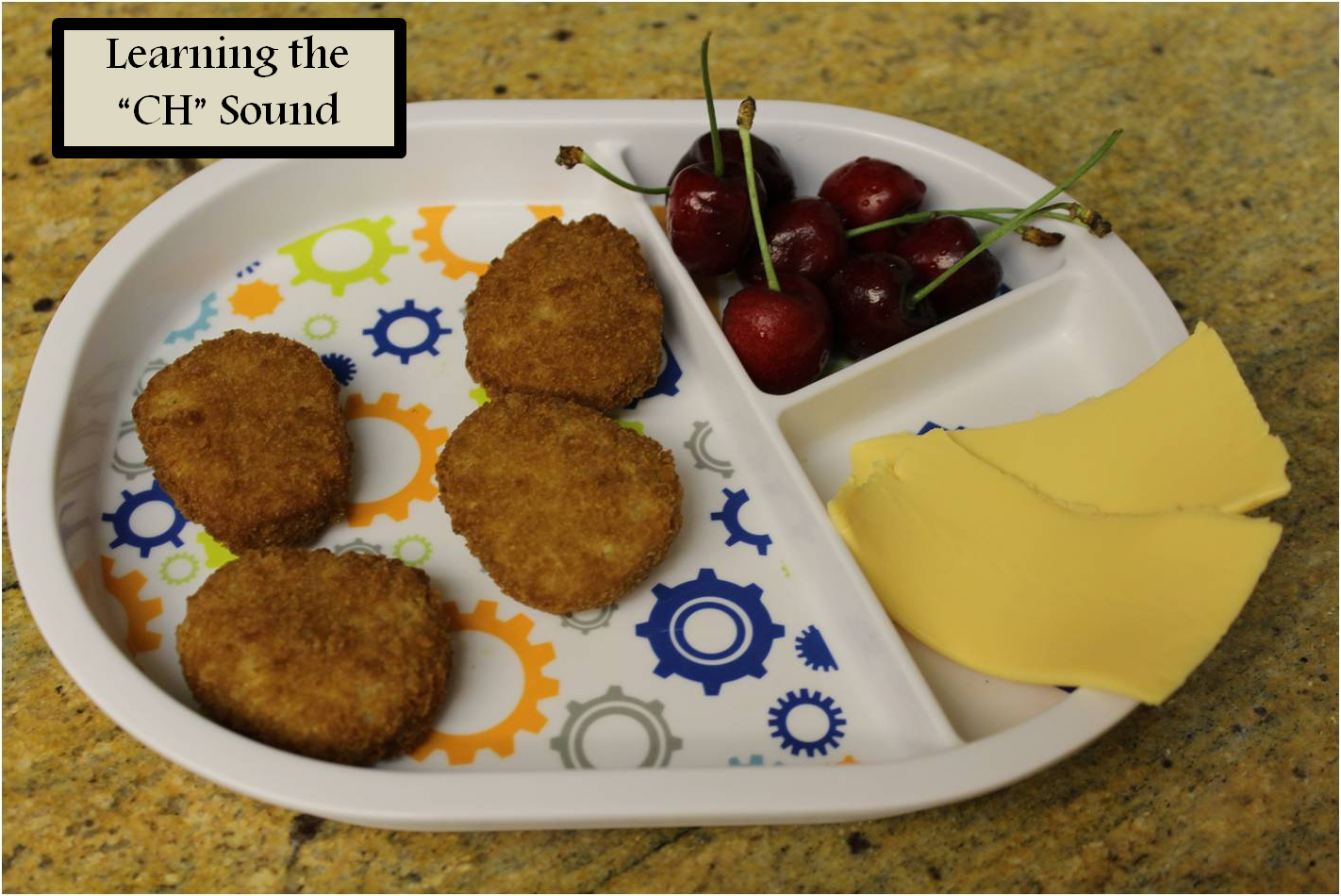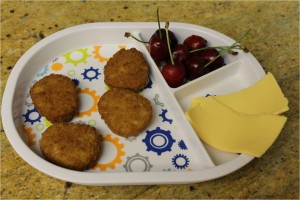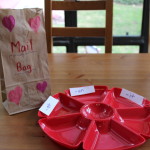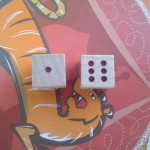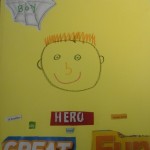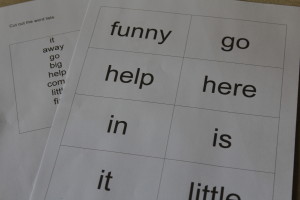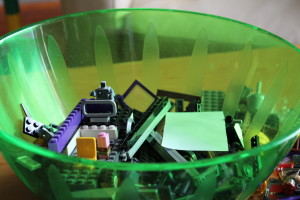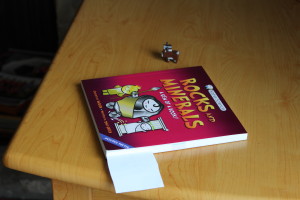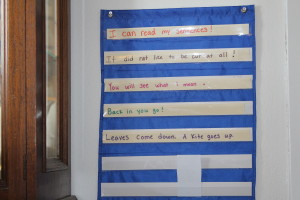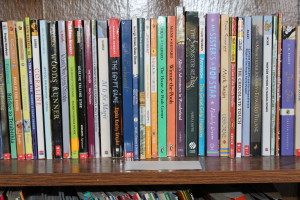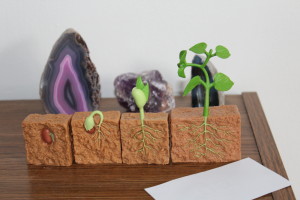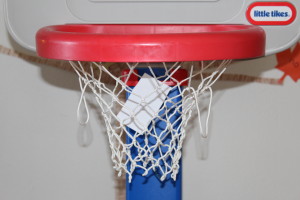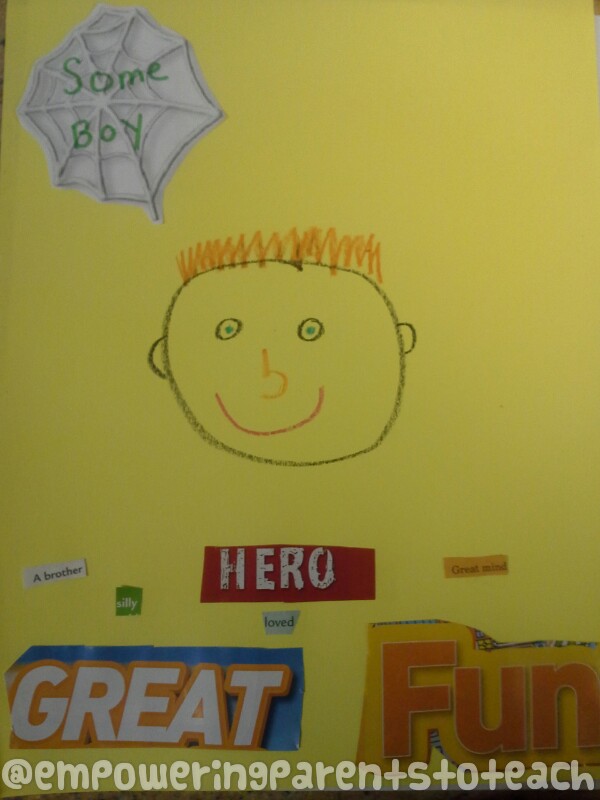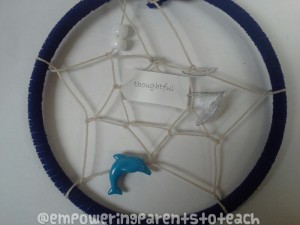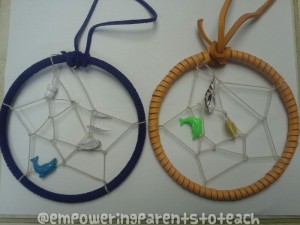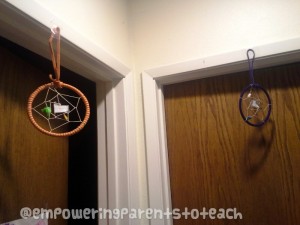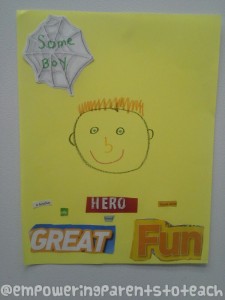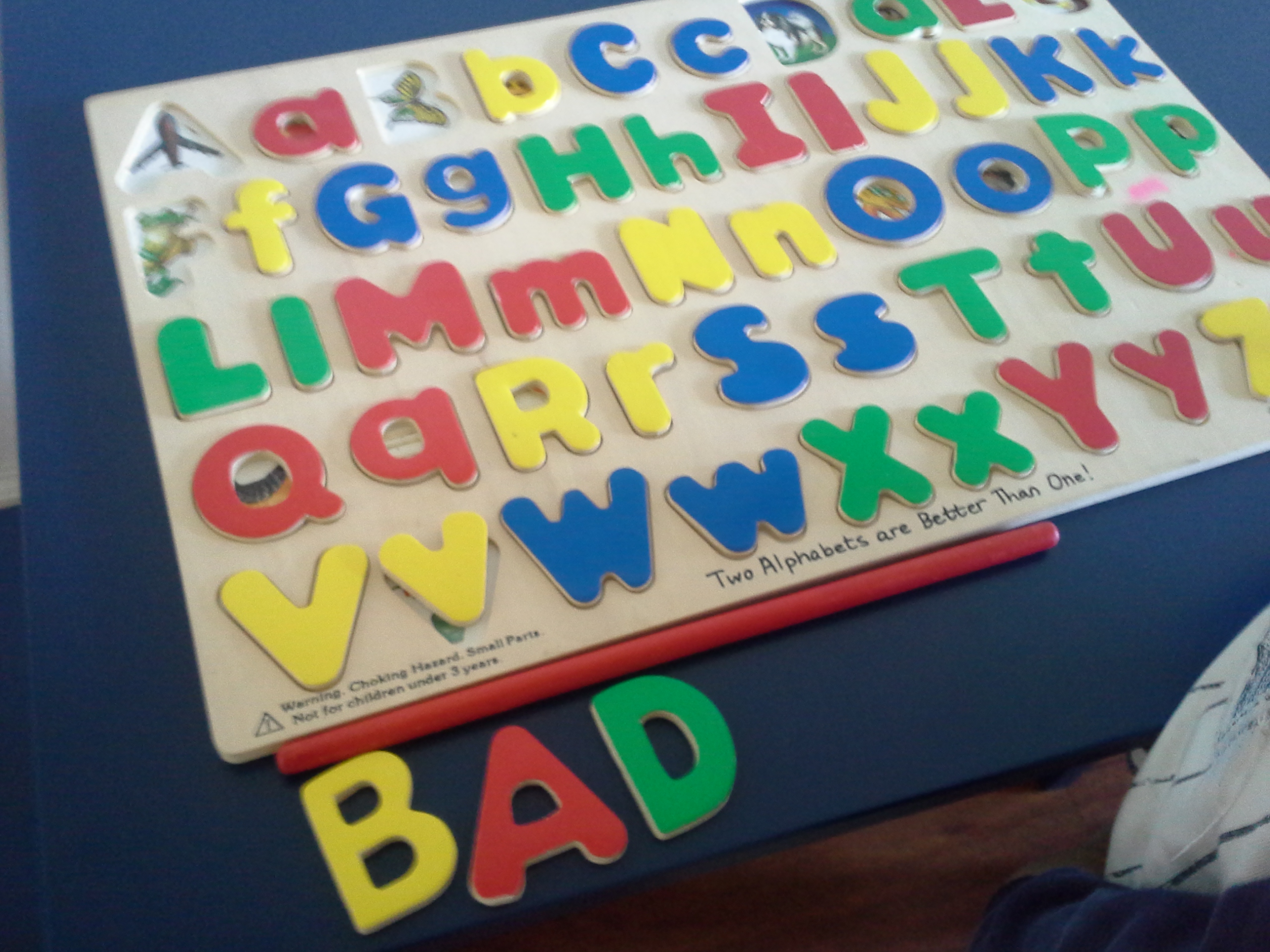Decoding: Word Families
Recognizing common letter and sound patterns in word families can help children figure out new words when they read. Instead of trying to sound out each letter one by one, they can identify larger groups of letters.
Are you helping your child learn to read at home? Reading is made up of so many elements. My goal is to give information and ideas in all areas of reading. That would be a very long post if I did it all of it in one! Today I am going to focus on one aspect– word families. Some children pick up the phonological patterns in word families naturally and do not need to be taught this skill. However, some degree of phonics instruction can be helpful for all readers. Phonics instruction has been shown to be especially helpful for struggling readers. Remember, this is just one piece of the reading puzzle!
What are word families?
Basically, word families are a group of words that have the same pattern and sound at the end. For example, the -an family would have can, fan, man, van, etc. in it’s family. As you can see they rhyme. The -an part of the word is called the rime. It is the same for all of the words in the group. The initial consonant that can be changed to create new words is called the onset.
Is your child ready to learn word families?
Can your child:
- Recognize all the letters of the alphabet?
- Identify all of the letter sounds individually?
- Hear rhyming in a story?
- Rhyme a word that’s given? (For example, if you say “hat”, can they give you a word that rhymes?)
- Begin to spell simple words?
These are some general guidelines to figure out if this is a good step for your child in their reading practice. Typically, word families are taught in first grade and even some kindergartens. But since every child develops at their own pace, I advise parents to follow your child’s lead instead what they “should” be doing at certain ages. Like any learning activity, if your child is not into it, don’t force it! You don’t want them to lose their love of learning!
Activity #1: Make the Word and Match the Picture
Bring the tray to where you are working with your child. I like using a tray for the work materials because it helps the child focus on the task. The tray is set up so you see “an” in the middle. In the small cup on the left are the letters- m,v,c,r,p,f. On the right hand side there is a pile of pictures of- man, van, can, ran, pan, fan. The pictures are not in any particular order.
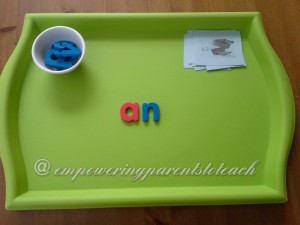
If you do not have letters at home, you can easily make paper letters by typing them into a Word document and cutting out each letter.
The cards look like this:
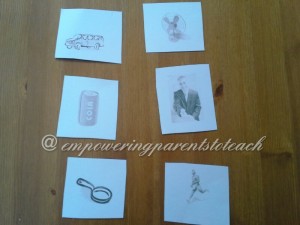
I made these cards using clip art pictures from Microsoft Word and printed them on card stock.
- If your child does not yet recognize the word “an”, explain to him or her that when the letters “a” and “n” are together they sound like “an”.
- Tell him or her that by using “an” we can make all kinds of new words that have the “an” sound at the end.
- Have your child pick a letter out of the cup. For example, they may pick up the “m”. Ask them what sound the “m” makes.
- Put the “m” in front of the “an” and say the “m” sound plus the “an” sound to demonstrate how you can add the sounds together to make the word, “man”.
- Show your child the pictures and ask him or her to match the picture to the word. This is helping your child connect the printed word to its meaning.
- Take away the onset, in this example it is the “m”, and leave the rime, “an”.
- Encourage your child to try the next letter in the bowl on his or her own. Have him or her say the new letter sound and add it to the “an” to make a new word. Again, match the picture to the word.
- If it is a little bit difficult, you can model how to put the sounds together and match the picture. If they can understand what you are doing as you do it, they are learning from your modeling. If it is very difficult for him or her, then s/he may not be ready for this yet. Continue reading rhyming books until your child becomes more familiar with hearing rhyming patterns.
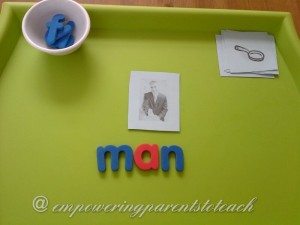
Activity #2: Match the Word and Picture
For this activity, the child will match the word with the picture. The first activity has the child constructing the words. This second activity encourages the child to recognize the written word.
The tray is set up with all six words visible- man, van, can, ran, fan, pan. The picture cards are placed in a cup on the right hand side.
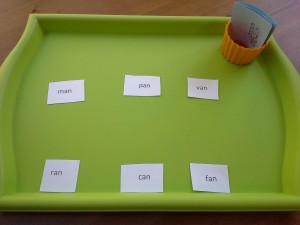
This activity is simple. You can do it one of two ways:
- Have the child pick a picture, say the word out loud and match the picture the corresponding word. OR
- Have the child read the word and then find the matching picture.
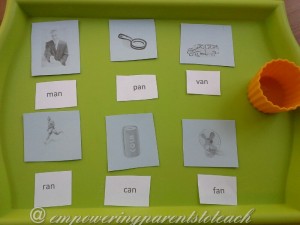
If you choose to do both activities, I would do the first activity on one day and the second activity on the next day. You could do them both in one day, but I personally like splitting them into two days so that the child has time to reflect on the first lesson before doing the next one. You do not necessarily have to do them in a certain order. Every child is different, sometimes building the word helps them recognize the word and sometimes recognizing the word helps them build the word.
Activity #3: Easy Reader Book with -an Family
I found a fantastic website for FREE printable easy reader books: Twisty Noodle– www.twistynoodle.com
They have an easy reader book for the -an family: Twisty Noodle’s -an book
For very beginning readers, this book has short sentences with a repeating pattern. Your child can read the book to you and s/he can even underline the “an” word in each sentence. This can be reread anytime!
Other ways to help with word families:
- When you are reading to your child point out words that rhyme.
- Have your child find the rhyming words in stories.
- Go on a word hunt in a book to see how many “an” words you can find! You can change this for any word family.
- As always, keep reading lots of books! While these activities isolated the words, hearing them in context reinforces understanding!
The more words your child learns to read by sight, the less “effort” reading becomes! By learning these common word structures they can quickly add more words into their sight recognition!
You can use these activities for any word family! If you want to teach your child more word families: List of the 37 most common word families
All of these activities only take a couple of minutes to do. I like to keep direct teaching at home brief!
Linked to: Montessori Monday on Living Montessori Now

![]()

